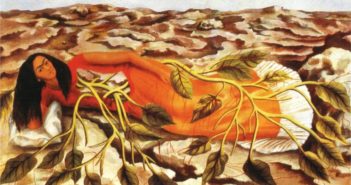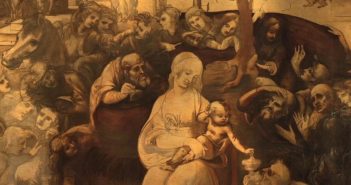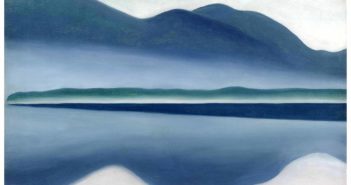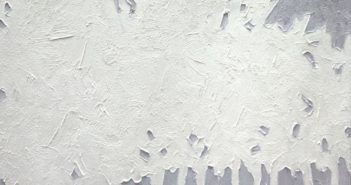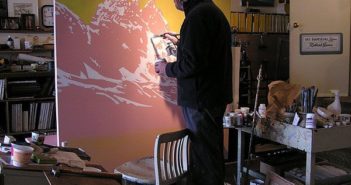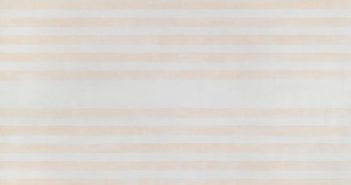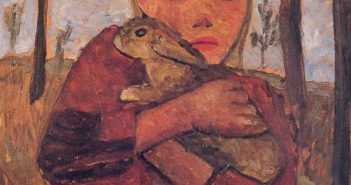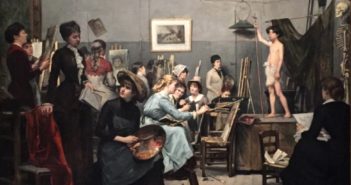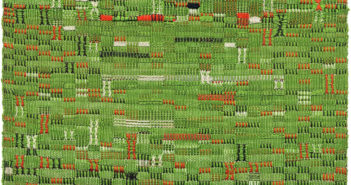
Recently, I received an email from an Italian contemporary furniture brand. Sandwiched between complimentary remarks about my work, they requested I send some paintings to Venice for an upcoming photo shoot. “We guarantee you a lot of visibility, your credit will be printed on the catalogue and we will share with you the hi res pics. Also we will tag you in every social media platform where your artworks will be.” They signed off by dangling the names of their photographer and stylist and telling me to let them know if I was “in.”

